Noodle types and varieties go far beyond what’s in your pantry—they’re part of traditions, memories, and everyday joy.
I’m Olivia, a 41-year-old chef who’s built a life around noodles. From hand-pulling dough in Beijing to stirring silky pasta in southern Italy, I’ve come to believe that noodles are more than food—they’re a lifestyle.
In this guide, I’ll walk you through over 25 types of noodles from around the world. Whether you’re a home cook or just noodle-curious, this is your starting point to explore, taste, and fall in love with the noodle life.
Table of Contents
Table of Contents
Introduction to Noodles Around the World
– The 4 Main Categories of Noodle Types & Varieties
To make things simple, all noodle types and varieties fall into four main ingredient-based categories:
| Noodle Type | Main Ingredients | Popular Regions |
|---|---|---|
| Wheat Noodles | Wheat flour, sometimes egg | Italy, China, Japan |
| Rice Noodles | Rice flour and water | Vietnam, Thailand, China |
| Starch Noodles | Potato, sweet potato, mung bean starch | Korea, China |
| Specialty Noodles | Buckwheat, legumes, seaweed, konjac | Japan, Global/Health Trends |
Each group includes unique textures, cooking methods, and flavors—making noodles one of the most versatile ingredients on earth.
– A Brief History of Noodles
The origins of noodles trace back over 4,000 years to China, where the earliest evidence of this beloved staple was uncovered in an ancient bowl buried beneath the earth. But every part of the world has shaped its own versions over time—like ramen in Japan, fettuccine in Italy, and Pad Thai in Thailand.
This global evolution of noodle types and varieties shows just how powerful, adaptable, and timeless noodles really are.
Wheat-Based Noodles – Classic Comfort in Every Culture
When you explore global noodle types and varieties, wheat-based noodles are always front and center. These noodles are made from wheat flour, water, and sometimes eggs—giving them a firm, chewy bite or a soft, silky texture depending on the preparation.
From ramen bowls to pasta plates, wheat-based noodles are the foundation of many of the most-loved dishes in the world. Let’s dive into this category of noodle types and varieties that offer both comfort and versatility.
Italian Pasta Noodles
Italian pasta is among the most iconic and widely recognized noodle varieties around the world. These noodles are typically made with durum wheat and eggs, creating a rich, golden texture.
– Spaghetti
Check out our guide to spaghetti noodles Homemade.
Spaghetti is a staple among wheat-based noodle types and varieties. It’s ideal for tomato-based sauces, garlic-infused oils, and creamy Alfredo blends. Its round shape holds sauce well without getting mushy.

– Fettuccine
Discover creamy dishes made for fettuccine noodles.
Fettuccine is a flat, ribbon-like noodle that belongs to the rich family of Italian noodle types and varieties. It’s perfect for heavier sauces—think carbonara, mushroom cream, or beef ragù.
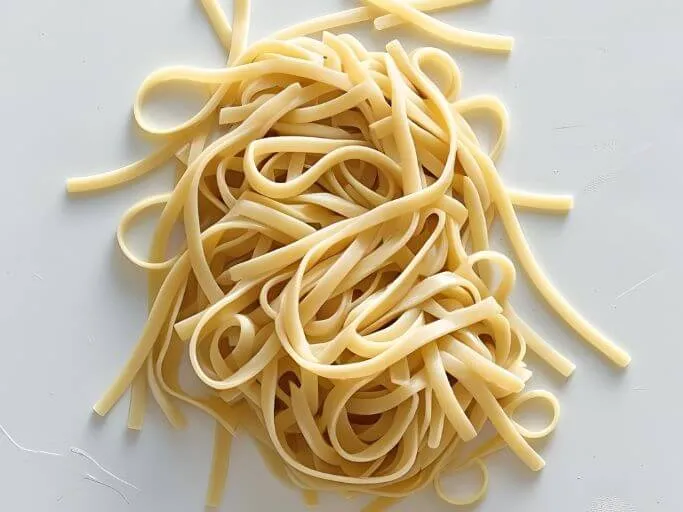
– Tagliatelle and Pappardelle
Explore bold sauces for hearty pappardelle and rustic tagliatelle meals.
These wider pasta noodles are ideal for rustic, slow-simmered dishes. Their texture makes them a favorite in traditional Italian noodle types and varieties perfect for Sunday dinners.
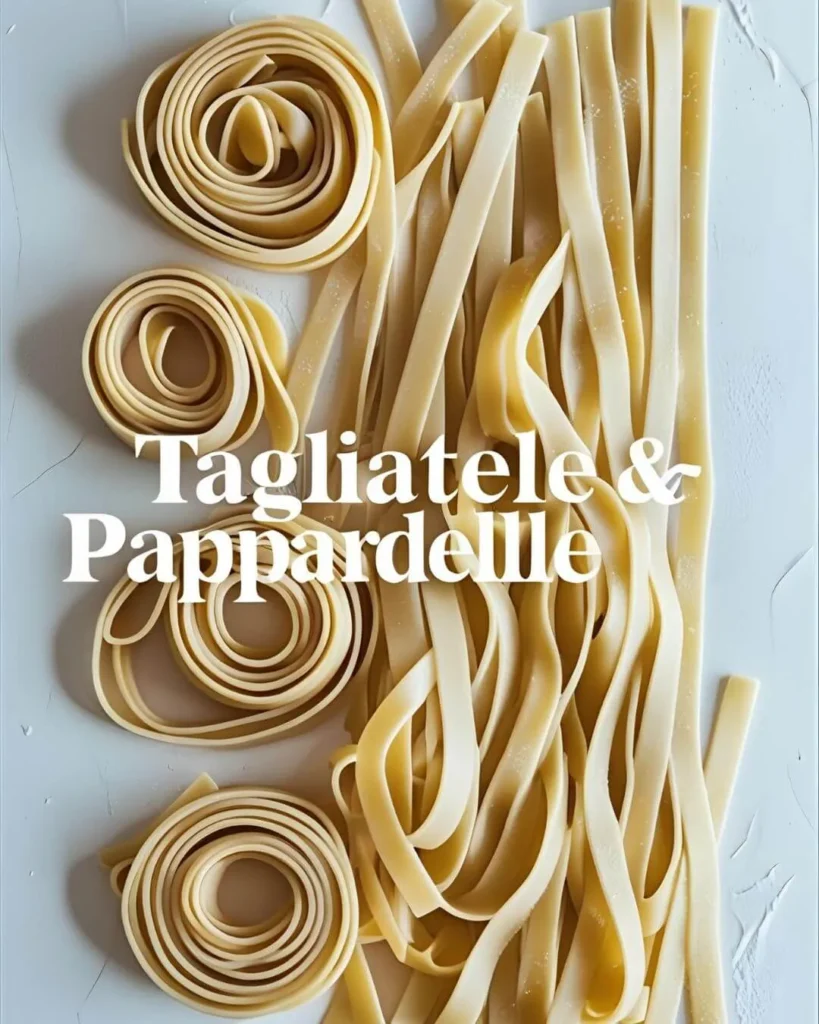
– Angel Hair
Don’t miss our tips for cooking angel hair pasta.
Light and delicate, angel hair cooks in minutes and works well in lighter dishes like lemon butter, fresh tomato, or seafood pasta. It’s one of the quicker-cooking noodle types and varieties out there.

Chinese Wheat Noodles
Chinese cuisine offers some of the most versatile noodle types and varieties, often made with wheat flour and egg for elasticity and richness.
– Lo Mein and Chow Mein
Read our stir-fry guide featuring lo mein or learn the crispy secrets of chow mein.
These dishes use the same egg noodle base but are cooked differently. Lo mein is soft and tossed with sauce; chow mein is stir-fried to achieve a crunchy texture. Both belong to classic Chinese noodle types and varieties served in homes and restaurants around the world.
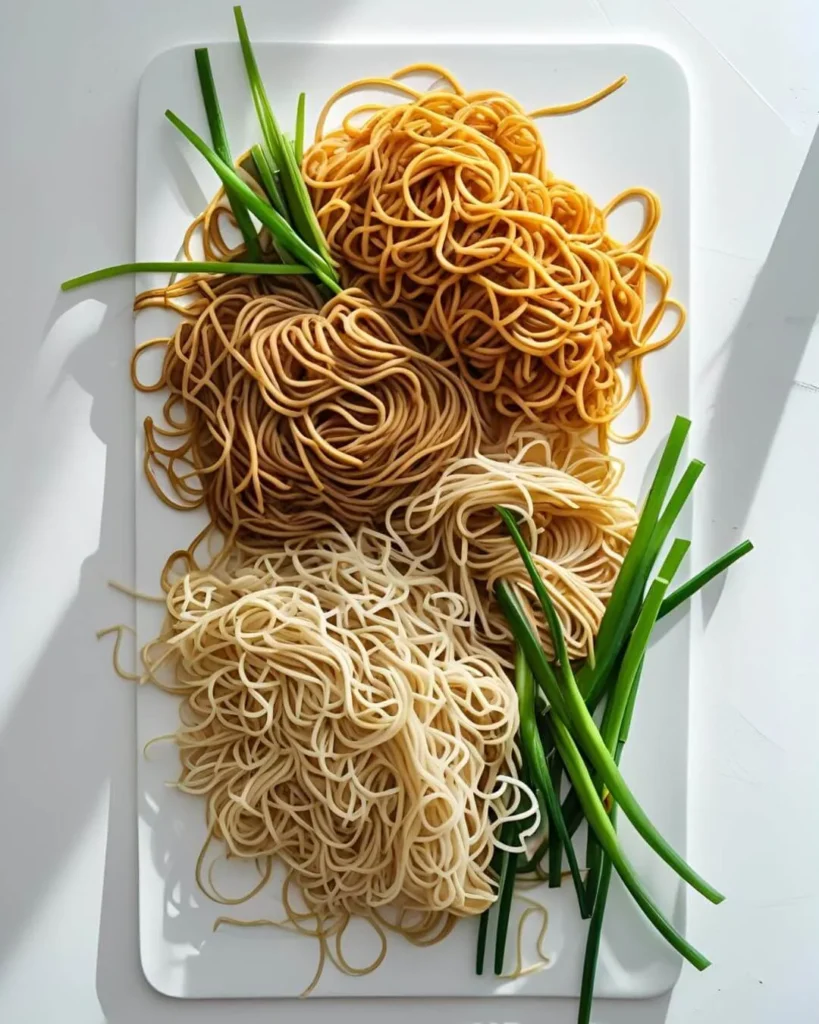
– Hand-Pulled Noodles (Lamian)
Master the art of Chinese hand-pulled noodles.
Lamian is one of the most skilled noodle types and varieties to make by hand. These chewy strands are pulled and twisted before being served in broth or stir-fried with vegetables and meats.
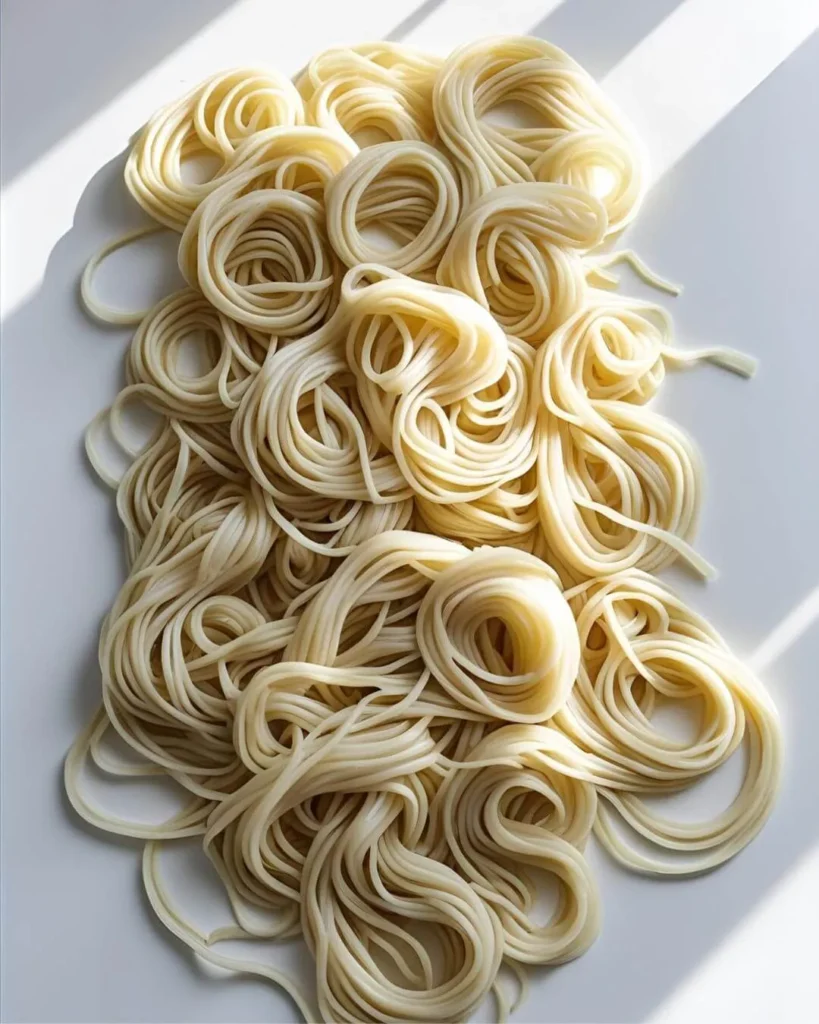
– Knife-Cut Noodles (Dao Xiao Mian)
Check out our Dao Xiao Mian noodle guide.
Thick and irregular, these noodles are shaved directly into boiling water. This rustic noodle style is a standout in the world of hand-formed noodle types and varieties.
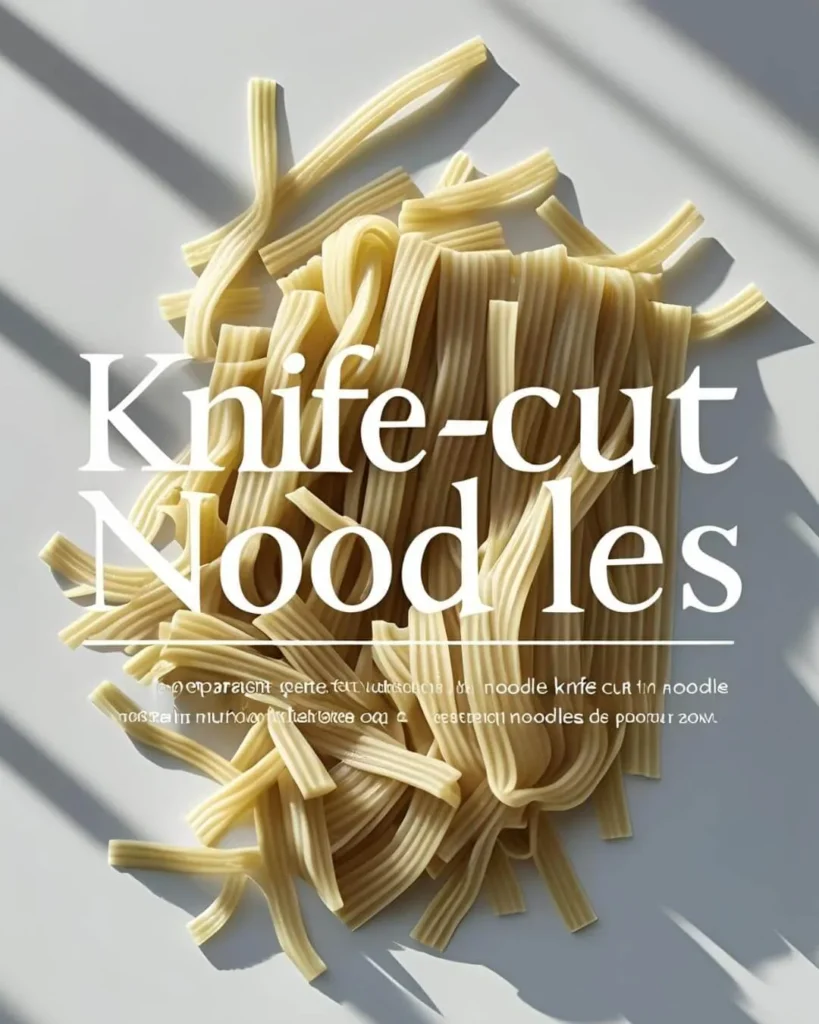
Japanese Wheat Noodles
Japan has perfected its own range of wheat-based noodle types and varieties, known for balance, chew, and simplicity.
– Udon
Looking for thick and chewy? Try our yaki udon noodle recipes.
Udon is thick and soft with a smooth surface, served hot or cold with soy-based broth or dipping sauce. It’s one of the most popular Japanese noodle types and varieties thanks to its comforting texture.

– Ramen
Dive into broth perfection with ramen noodles.
Made with alkaline water, ramen noodles have a springy feel and yellow color. From spicy miso to pork tonkotsu, ramen belongs to the modern must-have noodle types and varieties in Asian cuisine.
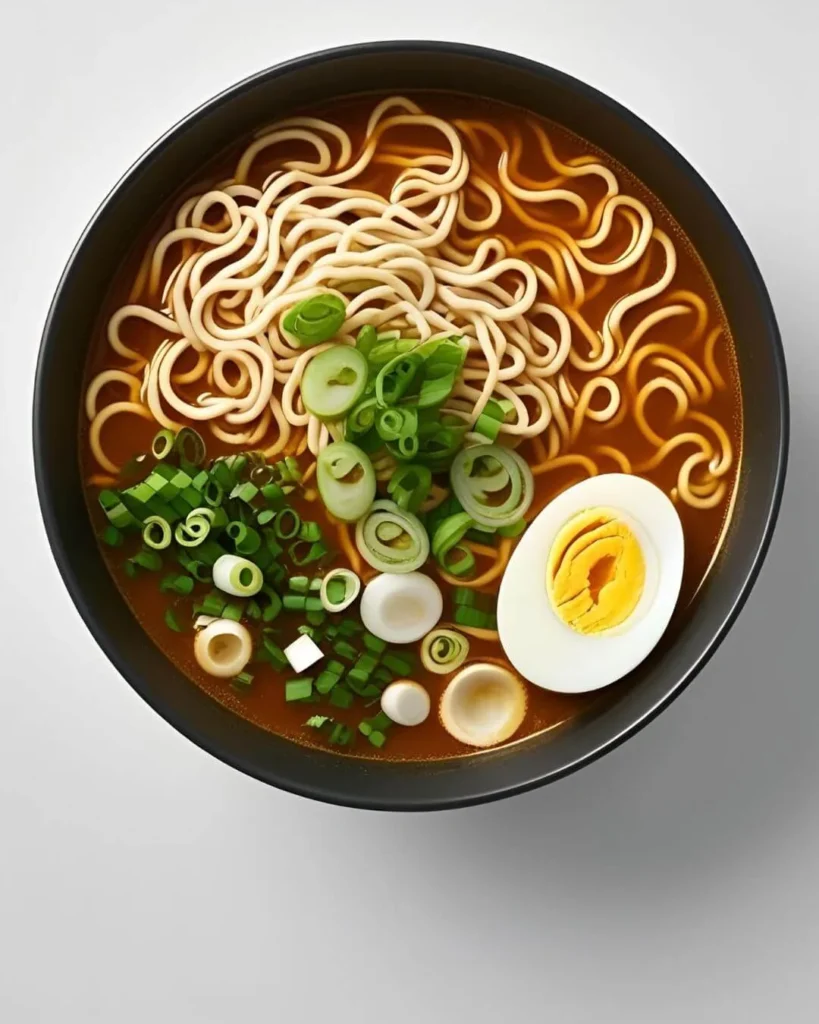
– Somen
Learn about somen, the perfect chilled summer noodles.
Thin and white, somen noodles are served chilled with light dipping sauce, making them one of the most refreshing noodle types and varieties for warm weather.
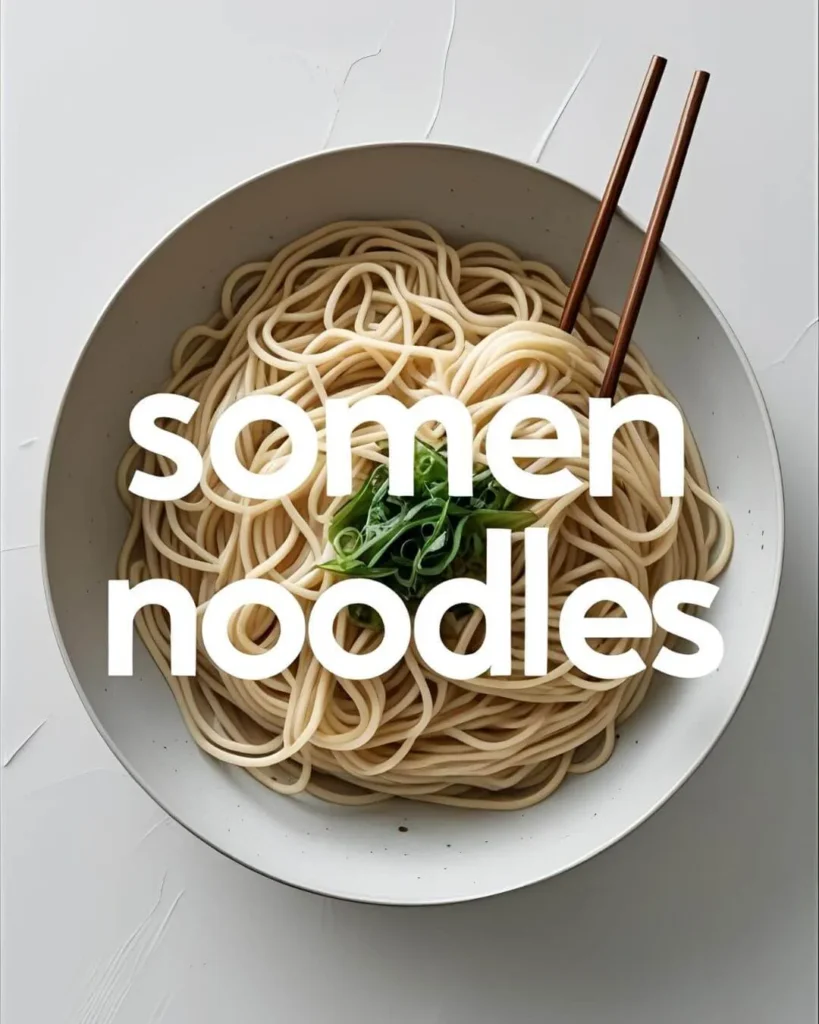
Why Wheat Noodles Are a Global Favorite
Wheat-based noodle types and varieties are loved for their:
- Diverse shapes and textures
- Ability to pair with any sauce or broth
- Rich history in both Asian and European cuisine
Whether you’re craving classic pasta, stir-fried lo mein, or slurp-worthy ramen, these noodle types and varieties are reliable, comforting, and endlessly versatile.
Rice-Based Noodles – Light, Versatile, and Naturally Gluten-Free
When it comes to noodle types and varieties, rice noodles offer a delicate texture, quick cooking time, and a naturally gluten-free option for many diets. These noodles are a staple across Southeast Asia and play a starring role in dishes from Thailand, Vietnam, and China.
Made from rice flour and water, rice-based noodles range from ultra-thin vermicelli to wide, flat ho fun sheets. They’re ideal for everything from refreshing salads to bold stir-fries and savory soups.
Let’s explore the most popular rice-based noodle types and varieties and how to use them in your kitchen.
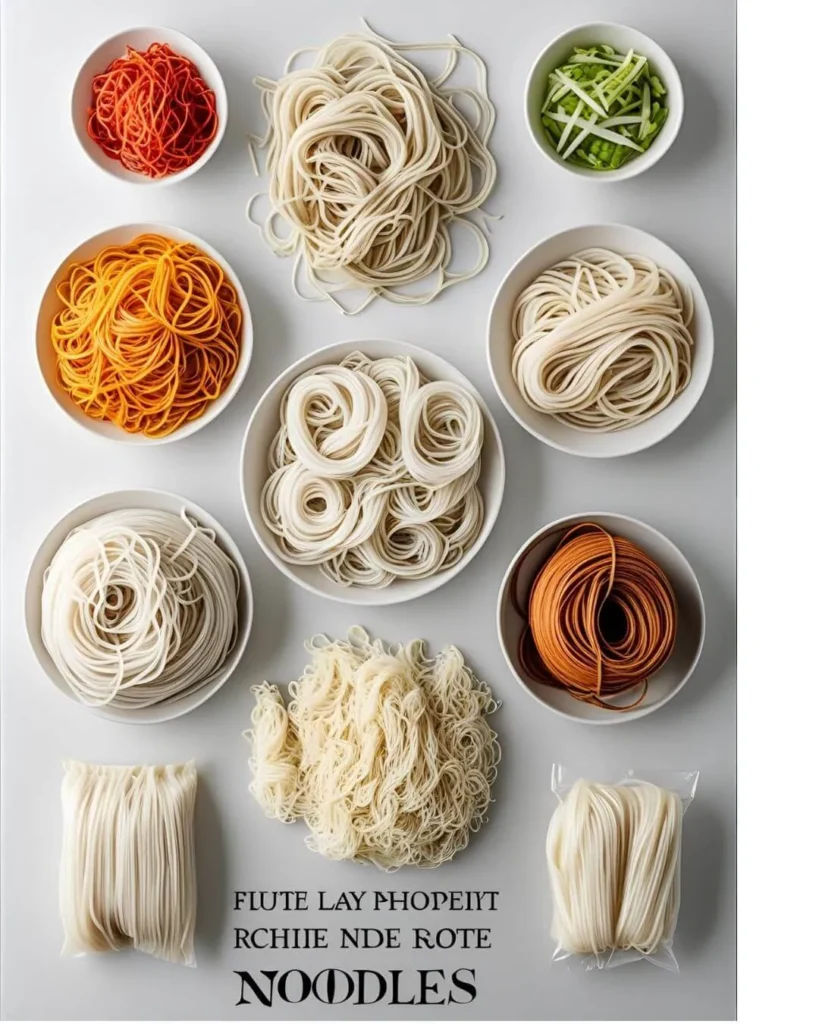
Southeast Asian Rice Noodles
– Pad Thai Noodles
Pad Thai noodles are medium-width flat rice noodles with a slightly chewy texture. They’re commonly used in Thailand’s national dish, Pad Thai, where they’re stir-fried with tamarind sauce, peanuts, tofu, and vegetables. These noodles are one of the most recognized rice-based noodle types and varieties around the world.
– Kway Teow
Try stir-fried or soup-based Kway Teow dishes for bold Southeast Asian flavors.
Kway Teow refers to wide rice noodles made by steaming sheets of rice flour and slicing them into thick strips. Their soft and slippery texture is perfect for dishes like Char Kway Teow or soups like Penang-style beef broth noodles.
Chinese and Vietnamese Rice Noodles
– Rice Vermicelli (Bun, Mi Fen)

Rice vermicelli are thin, thread-like noodles that soak up bold flavors while keeping their light texture. In Vietnamese cuisine, they’re served cold with fresh herbs and grilled meats. In Chinese dishes, they’re often stir-fried or added to soups. These fine strands are among the most adaptable rice-based noodle types and varieties.
– Ho Fun (Wide Rice Noodles)
Ho fun noodles are wide, flat, and slightly chewy—great for soaking up savory sauces. They’re used in Cantonese classics like beef chow fun and are a key player in rice-based noodle types and varieties that work well in high-heat cooking.
Fresh Rice Noodles
– Soft, Steamed, and Homemade
Fresh rice noodles are soft, slightly sticky, and incredibly versatile. They’re sold in folded sheets or pre-cut strips at Asian markets and are ideal for Thai dishes like Pad See Ew or spicy Drunken Noodles. As one of the freshest-tasting noodle types and varieties, they only need a light soak or quick steam before use.
Cooking Tips for Rice Noodles
Here are a few quick tips to handle rice-based noodle types and varieties like a pro:
- Soak before cooking: Most dried rice noodles need a soak in warm water before hitting the pan or broth.
- Avoid overcooking: Rice noodles become mushy quickly, so watch your timing.
- Rinse when cold: For salads or rolls, rinse under cold water after cooking to keep the texture firm and fresh.
Why Rice Noodles Are a Must-Have
Rice noodles bring:
- A gluten-free option to traditional noodle dishes
- A light, springy texture perfect for hot or cold meals
- Quick prep and cooking time for busy nights
- A key role in global noodle types and varieties with Southeast Asian roots
Whether you’re building a fresh noodle salad, stir-frying with shrimp, or rolling up spring rolls, rice-based noodles offer endless possibilities.
Buckwheat and Starch-Based Noodles – Earthy, Chewy, and Gluten-Free Options
Among all noodle types and varieties, buckwheat and starch-based noodles stand out for their unique textures, seasonal uses, and diet-friendly ingredients. These noodles are naturally gluten-free in many cases and offer bold alternatives to traditional wheat or rice noodles.
From Japan to Korea to pan-Asian fusion dishes, this category brings chewy, slippery, and even glassy textures that make every bite an adventure.
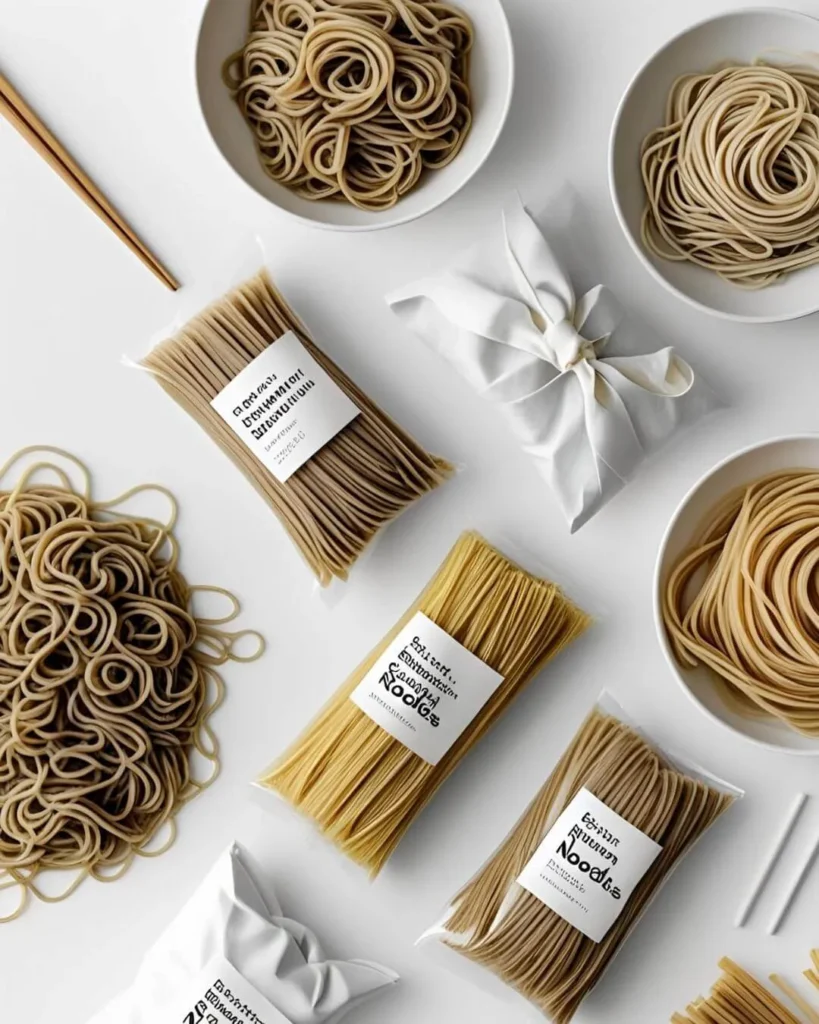
Let’s explore the top buckwheat and starch-based noodle types and varieties that deserve a spot in your kitchen.
Japanese Buckwheat Noodles
– Soba
Don’t miss our buckwheat soba guide for traditional recipes and modern spins.
Soba noodles are thin and round with a slightly grainy texture, made from buckwheat flour. In Japan, they’re a summer favorite served chilled with dipping sauce, or enjoyed hot in soups during winter.
Soba is one of the most seasonal noodle types and varieties, deeply rooted in Japanese culinary tradition. Some are made with 100% buckwheat (gluten-free), while others are blended with wheat for better elasticity.
Korean Starch-Based Noodles
– Dangmyeon (Sweet Potato Glass Noodles)
Dangmyeon are translucent, chewy Korean noodles made from sweet potato starch, often used in dishes like japchae. You’ve probably tasted them in Japchae, a savory Korean stir-fry with sesame oil, garlic, vegetables, and sometimes beef.
These are among the most festive and fun-to-eat noodle types and varieties, with a glossy, bouncy texture that holds up well in sauces.
Cellophane Noodles (Bean Thread or Glass Noodles)
– Transparent and Versatile
Read how to cook transparent cellophane noodles for soups, rolls, and more.
Made from mung bean starch or potato starch, cellophane noodles are ultra-thin and turn clear when cooked—earning the nickname “glass noodles.” You’ll find them in everything from spring roll fillings to Thai Pad Woon Sen.
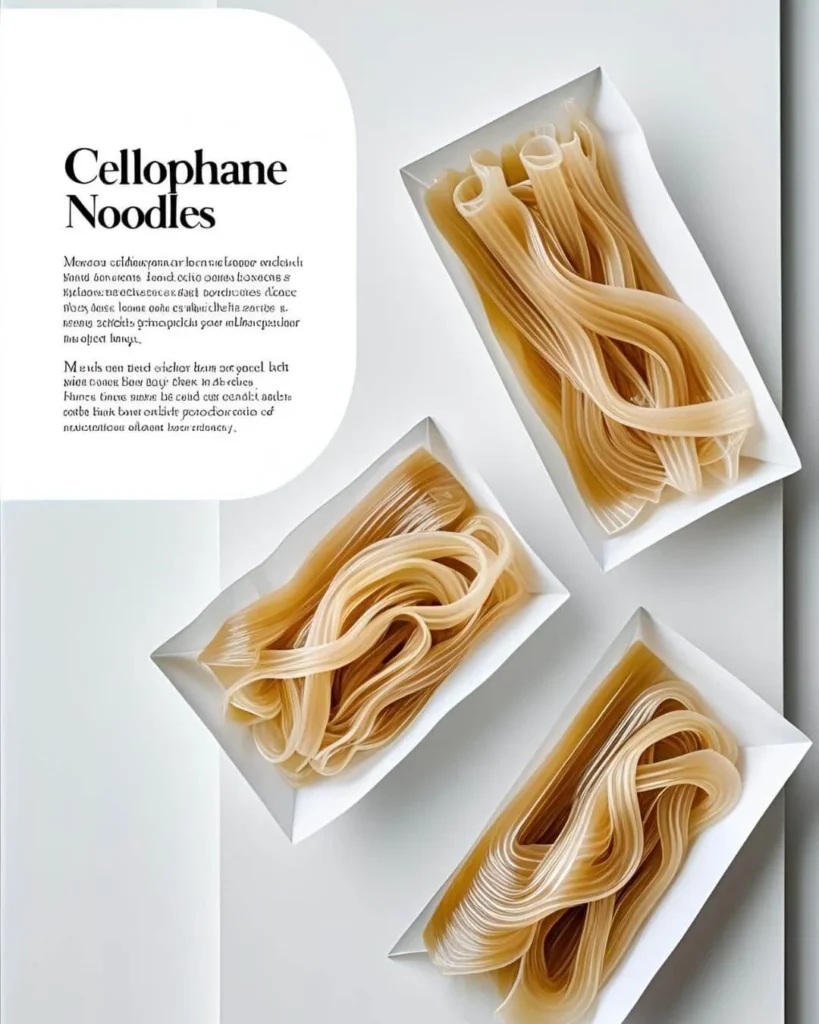
Their ability to absorb flavors makes them one of the most adaptable noodle types and varieties in Asian fusion and low-fat cooking.
Cooking Tips for Buckwheat and Starch Noodles
These noodles behave differently than wheat or rice noodles—here’s how to make the most of them:
- Do not overboil: Especially for glass noodles, which can become sticky or melt into the dish.
- Rinse thoroughly: Especially for soba and dangmyeon, which may have extra starch.
- Pair smart: Soba loves soy-based dips; dangmyeon loves sesame and garlic; cellophane noodles thrive in broths or spicy stir-fries.
Why These Noodles Are Worth Exploring
If you’re looking to expand beyond the basics, these noodle types and varieties offer:
- Gluten-free and grain-free alternatives
- Earthy, chewy, and translucent textures
- Cultural depth from Korean, Japanese, and Southeast Asian kitchens
- Flexible uses in soups, stir-fries, and cold dishes
These aren’t just alternative noodles—they’re essential to building a truly global noodle lifestyle.
Alternative Noodles: Healthy Twists on Classic Comfort Foods
As eating habits evolve, so do our noodles. This section explores specialty and alternative noodle varieties made from seaweed, legumes, and konjac root—ideal for gluten-free, low-carb, and high-protein diets. These modern twists offer delicious ways to enjoy your favorite dishes while meeting your nutritional goals.
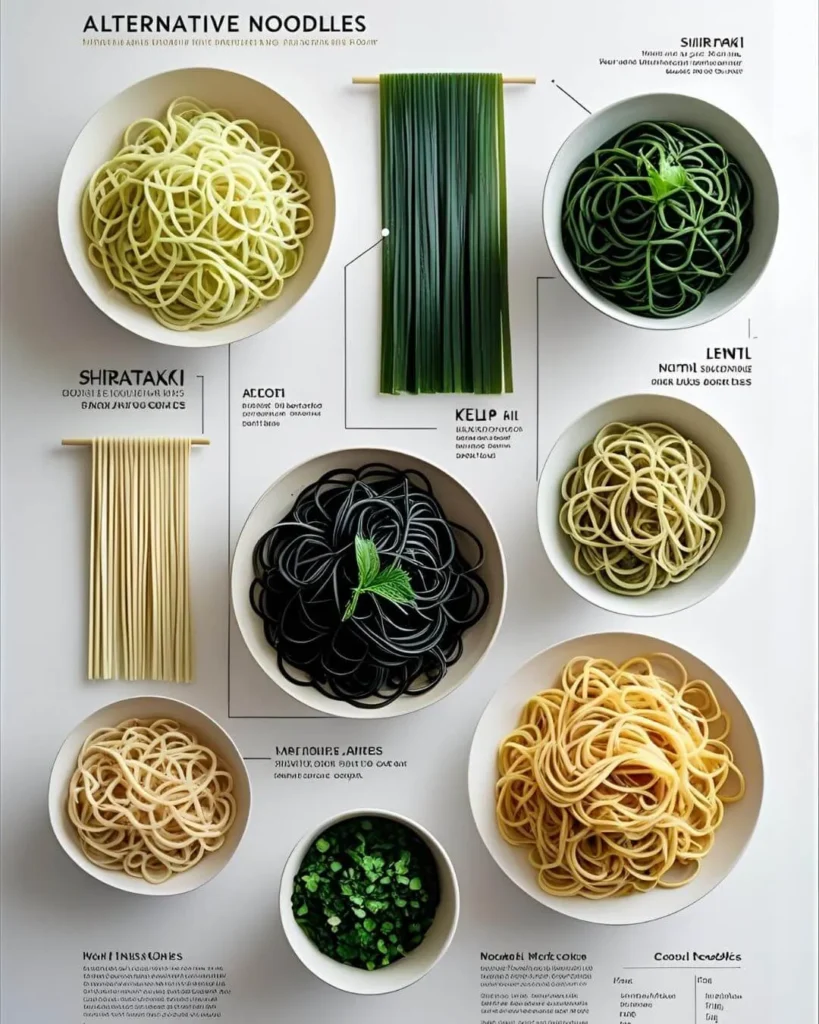
Let’s dive into some nutritious noodle swaps that keep all the flavor, without the guilt.
Shirataki Noodles
Learn why shirataki are called miracle noodles
Made from konjac root, shirataki noodles are translucent, bouncy, and almost calorie-free. These “miracle noodles” are a go-to in keto and diabetic diets. Just rinse and boil to remove their natural aroma.
Kelp Noodles
Discover sea-based kelp noodles and salad ideas
Kelp noodles are made from seaweed. They’re crunchy, low-calorie, and perfect for cold noodle bowls or light stir-fries. Great for raw or vegan diets.
Chickpea, Lentil, and Edamame Noodles
- Chickpea
- Lentil
- Edamame
These legume-based noodles are packed with protein and fiber. Slightly denser in texture, they’re great for healthy pasta lovers and plant-based meals.
Why These Noodles Matter
These alternative noodle types and varieties offer:
- Low-carb, gluten-free options
- Clean ingredients and added nutrition
- New textures for creative dishes
They’re more than substitutions—they’re a lifestyle upgrade.
Other Regional Noodles Worth Knowing
Not all noodles fit neatly into wheat, rice, or starch categories. Some of the most beloved noodle types and varieties come from unique regional traditions—hearty, rustic, and full of cultural flavor.
Let’s explore a few you may not know but definitely should try.
Spaetzle (Germany)
Discover German-style egg noodles: spaetzle
These soft, dumpling-like noodles are made from a simple batter of flour, egg, and milk. Pressed into boiling water, they’re perfect as a side dish or baked with cheese.
Bakmi (Indonesia)
Explore Indonesian Bakmi noodle dishes
Bakmi are yellow wheat noodles, often stir-fried or served in broth. They’re a fusion of Chinese technique and Indonesian spices—savory, slightly sweet, and deeply comforting.
Pancit (Philippines)
Learn about Filipino Pancit and its colorful history
“Pancit” means noodles in Tagalog. These dishes use rice or egg noodles, tossed with veggies, soy sauce, and citrus. Every family has its own version—Pancit Bihon and Pancit Canton are most popular.
Seviyan (India)
Cook Indian Seviyan in both sweet and savory styles
Seviyan are fine vermicelli noodles used in Indian cuisine. They’re toasted and used in both savory dishes and desserts like kheer, a sweet milk pudding flavored with cardamom and saffron.
Why These Noodles Belong in Your Bowl
These regional noodle types and varieties bring:
- Rich cultural heritage
- Unique prep methods and pairings
- A new perspective on what noodles can be
They may be lesser-known, but they pack big flavor and heart.
Choosing the Right Noodle for Every Dish
With so many noodle types out there, choosing the right one can be tricky. But once you understand texture, shape, and how noodles pair with sauce or broth, it gets easier—and more fun.
Use this quick guide to find the perfect match for your cooking style.
🍝 Noodle Texture Guide
| Noodle Type | Best For | Key Texture |
|---|---|---|
| Spaghetti, Lo Mein | Saucy dishes | Smooth and chewy |
| Pad Thai, Udon | Stir-fries or brothy bowls | Thick and tender |
| Rice Vermicelli, Soba | Light salads or chilled dishes | Thin and delicate |
| Shirataki, Kelp | Low-carb stir-fries or cold bowls | Slippery, crunchy, or bouncy |
| Dangmyeon, Glass Noodles | Sesame stir-fries, Korean Japchae | Glossy and springy |
| Spaetzle, Pancit | Rustic meals or family gatherings | Soft and hearty |
🥢 Pairing Tips by Sauce Style
- Oil-based sauces: Choose thin noodles like angel hair or vermicelli.
- Creamy sauces: Fettuccine, pappardelle, and chickpea noodles hold up well to hearty sauces.
- Bold broths: Choose ramen, udon, or soba
- Spicy stir-fries: Rice sticks, dangmyeon, or ho fun work beautifully
- Cold dressings: Use soba, somen, or kelp noodles
Choosing the Right Noodle = Better Flavor
Knowing how different noodles react to flavors, heat, and cooking styles can elevate every dish you make.
Once you master the match, you won’t just cook noodles—you’ll create meals that feel balanced, satisfying, and fun to eat.
Cooking Noodles Like a Pro
If you’ve ever boiled noodles only to end up with a clumpy, soggy mess—trust me, you’re not alone. Even as a trained chef, I’ve overcooked rice noodles and under-salted pasta. But once you understand how different noodle types and varieties behave in the kitchen, your results will improve instantly.
Let me walk you through the cooking techniques I use every day—tested, simplified, and noodle-lover approved.
🔥 Step 1: Respect the Type
Different noodle types and varieties cook differently. This isn’t just about boiling water—it’s about knowing how each noodle reacts to heat, moisture, and time.
- Wheat noodles (like spaghetti, ramen, udon): Boil in salted water until al dente. Always taste before draining.
- Rice noodles (like Pad Thai or vermicelli): Soak in warm water until soft, then finish in a pan or broth.
- Starch-based noodles (like glass or dangmyeon): Boil briefly and rinse to stop the cooking.
- Shirataki and kelp noodles: Rinse thoroughly, boil quickly, and then dry-sauté to absorb flavors better.
Each method unlocks the best version of that noodle—skip it, and you’re missing out on texture and taste.
🧂 Step 2: Season from the Start
You don’t wait to season noodles after they’re on the plate—you season the process.
- Salt the water for wheat-based noodles
- Use broths or aromatic soaking liquids for rice and starch noodles
- Add a splash of vinegar or citrus to kelp noodles to soften the crunch
- After draining, toss with oil or sauce immediately to prevent sticking

Little details like this turn bland noodles into crave-worthy meals.
🍜 Step 3: Sauce + Noodle = Timing
One of the biggest mistakes I see? Throwing cooked noodles into cold sauce—or worse, letting them sit in water too long.
Here’s my fix:
- Warm your sauce before adding noodles
- Drain and drop noodles straight in—while hot
- Toss fast, coat evenly, serve immediately
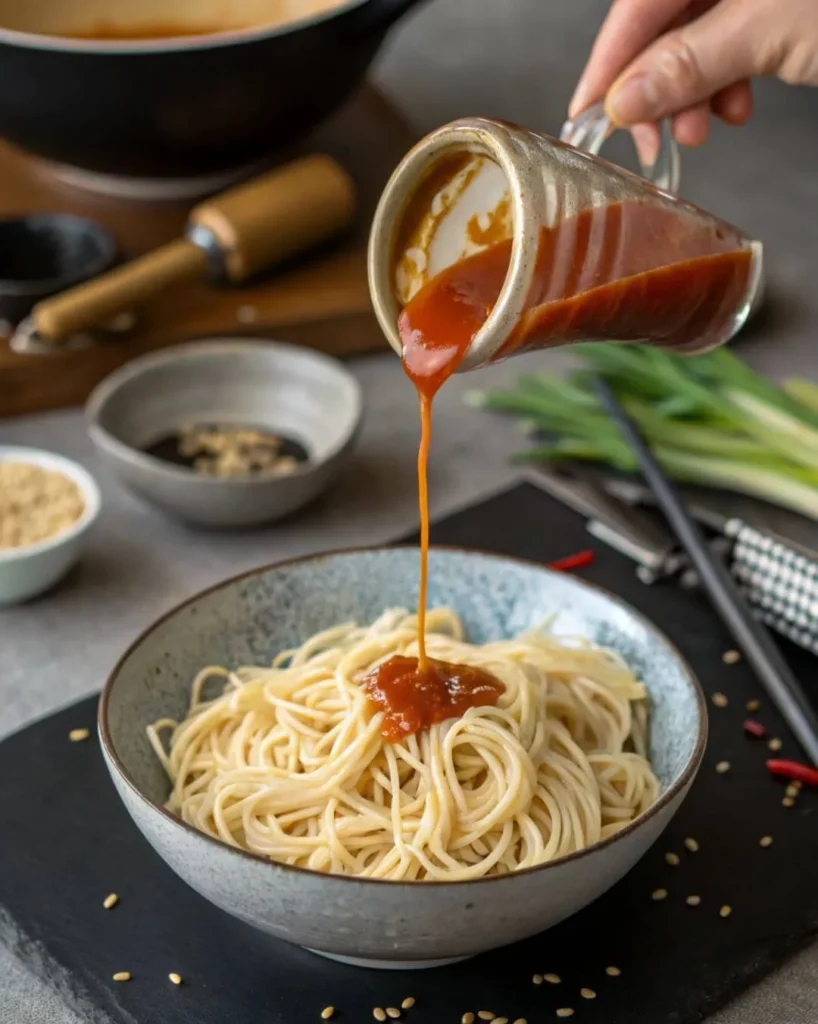
This is especially important when working with more delicate noodle types and varieties, like rice sticks or soba, which can lose texture in seconds.
🧠 Bonus Tip: Don’t Overcook… Anything
This might sound obvious, but it’s the truth: undercooked noodles can be fixed. Overcooked noodles can’t.
Always test early—especially with glass, soba, and lentil-based noodles. You want chew, bounce, and structure. Once they’re mushy, the magic’s gone.
FOLLOW ME on FACEBOOK, INSTAGRAM and PINTEREST for more great recipes!
FAQs About Noodle Types and Varieties
What are the main types of noodles?
The four main noodle types are wheat, rice, starch-based, and specialty or alternative noodles. Each category includes dozens of varieties, from spaghetti to soba, pad Thai, glass noodles, and shirataki.
What are the best noodles for stir-fry?
Noodles like lo mein, ho fun, udon, and Pad Thai noodles hold up well in stir-fry because they maintain texture and soak up flavor without breaking apart.
Are all noodles gluten-free?
Not all. Rice, glass, shirataki, kelp, and legume noodles are usually gluten-free. But wheat-based noodles like ramen, spaghetti, or lo mein contain gluten unless specified otherwise.
Conclusion: Exploring the World of Noodle Types and Varieties
Noodle types and varieties are more than just food—they’re a delicious journey through different cultures, flavors, and cooking traditions. From slurping thick udon in a warm broth to twirling tagliatelle coated in savory sauce, every kind of noodle has its own personality. Whether you love the chewiness of wheat-based noodles, the silkiness of rice vermicelli, or the unique bite of buckwheat soba, there’s a noodle out there for every craving.
What makes noodles so special is how flexible they are. You can steam them, fry them, stir-fry them, toss them in soup, or pair them with anything from meat and veggies to rich sauces or fresh herbs. And with today’s wide selection—including gluten-free, low-carb, and veggie-based options—everyone can enjoy their favorite noodle dishes in a way that fits their lifestyle.
So next time you’re cooking dinner, think beyond spaghetti. Try a new noodle shape, a different base, or a sauce from across the globe. You might just discover your next favorite dish.


7 thoughts on “Noodle Types and Varieties: The Ultimate Guide to 25+ Global Noodles”